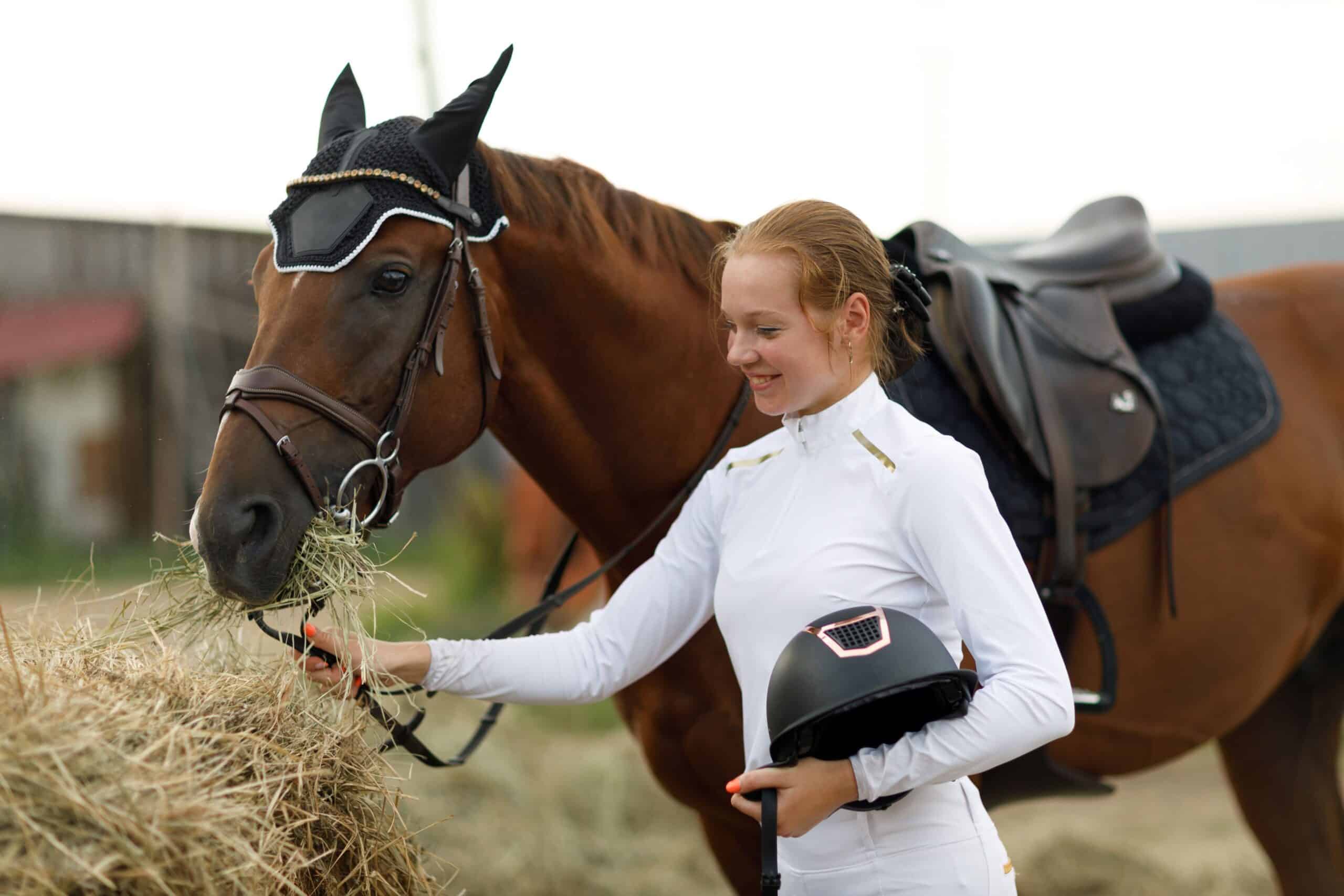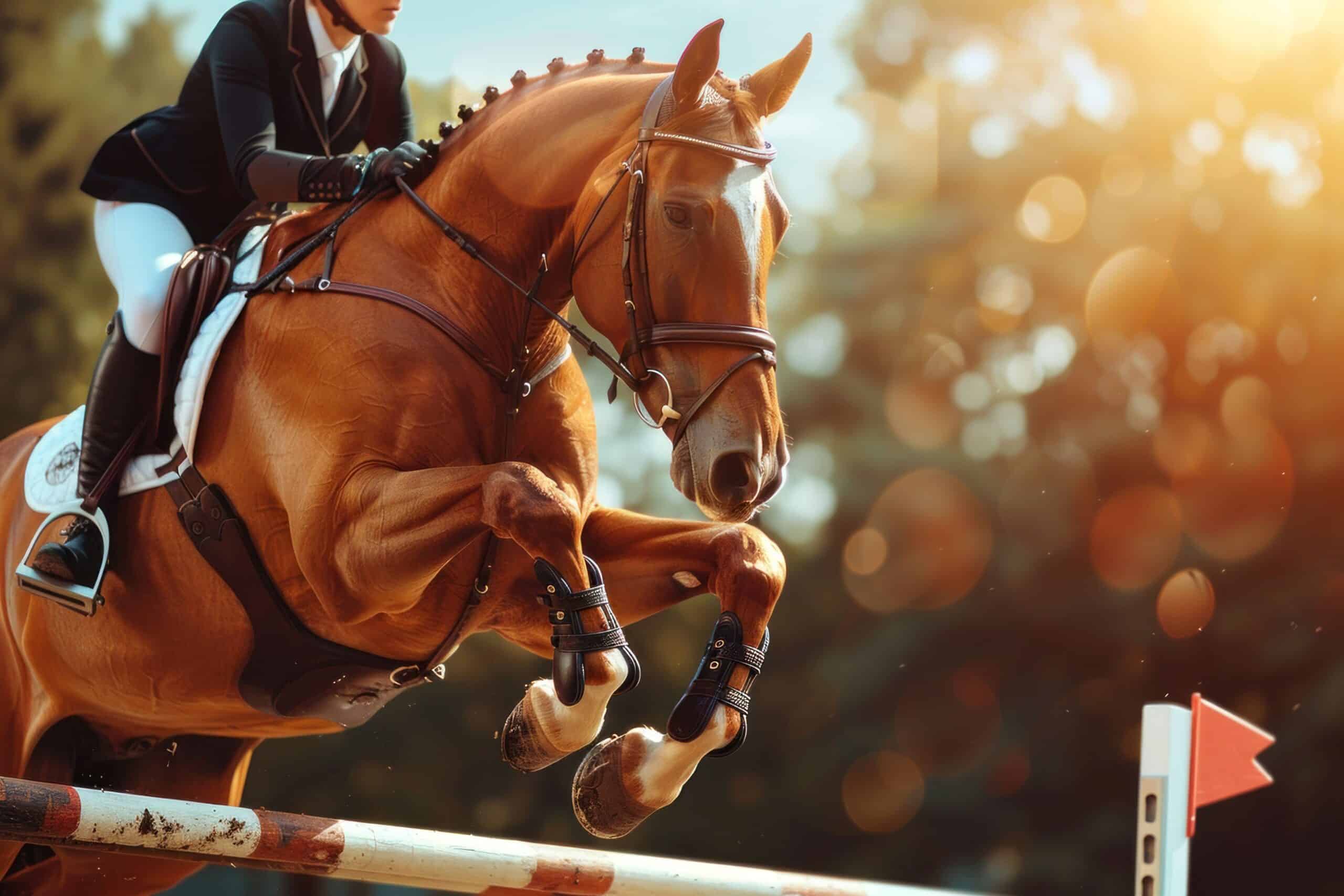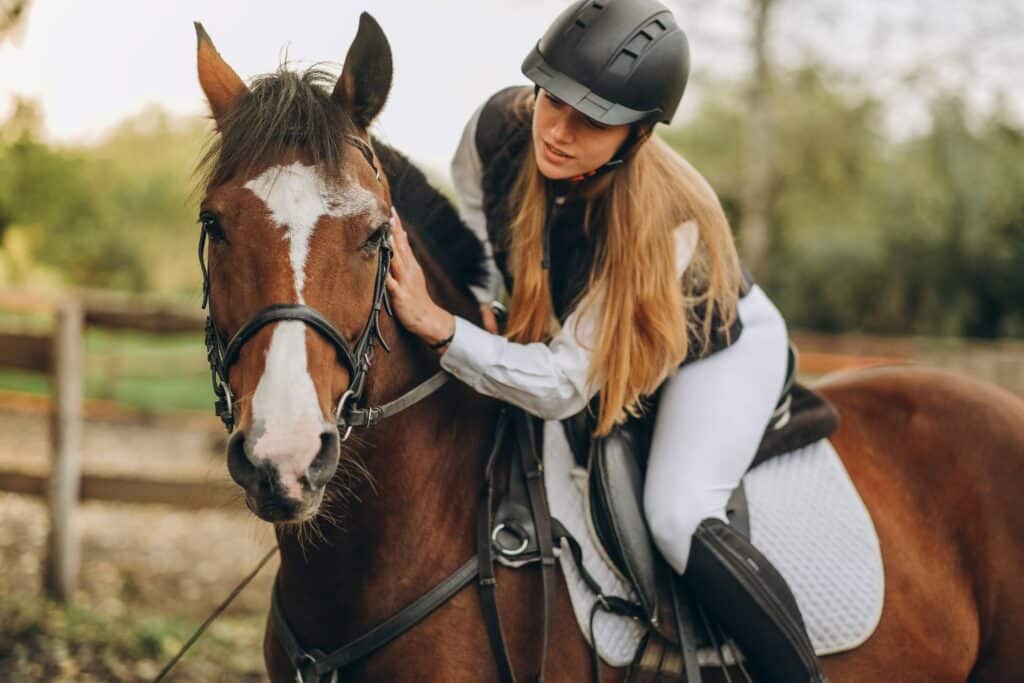Discipline turns raw talent into gold. In show jumping, even the finest jumping horses for sale depend on structure, precision, and optimal nutrition to perform. But what if we used the same principles in our own lives? This article shows how the routines behind athletic success—equine or human—can inspire better habits in energy, wellness, and nutrition.
Discipline Lessons from Jumping Horses
Most people admire discipline from a distance—especially when it comes to elite performance. But discipline isn’t a personality trait; it’s a daily practice. The world of competitive sports is a masterclass in this philosophy. From grooming schedules to training logs, the life of a high-performance jumper is a ritual of structure and purpose.
What makes this relevant to your own life? Whether you’re managing a packed calendar, building a healthy diet, or trying to improve your focus, adopting a similar framework gives you more control. Discipline is freedom with a backbone. It helps reduce decision fatigue, strengthens routines and eliminates friction—three ingredients that support mental and physical wellness alike.
Feeding Structure in Sport Horse Training

The diet of a show jumping horse is carefully calibrated: hay quality, feeding intervals, mineral balance—all optimized for maximum energy output and digestion. While our needs are different, the core lesson applies: structure matters.
A common issue with human nutrition is inconsistency—skipping meals, reactive eating, or relying on convenience over content. Athletes and high-performance animals don’t have that luxury. Structure ensures performance.
Here’s what this could look like in your own life:
| Principle from Show Jumping | Application to Human Nutrition |
| Feed at regular intervals | Eat consistent meals to regulate blood sugar and mood |
| Avoid overfeeding before peak activity | Opt for lighter meals before demanding mental or physical tasks |
| Adjust intake based on training load | Match food intake with activity level to avoid fatigue or weight gain |
| Prioritize digestion-friendly foods | Focus on whole, unprocessed foods to ease metabolic strain |
Discipline in nutrition isn’t about restriction. It’s about alignment—between what you eat and what you demand from your body.
🗣️ Expert Insight: How Equine Discipline Shapes Human Wellness
Interview with Dr. Emily Hartmann, Sports Nutritionist and Equine Science Researcher
Q1: What can we learn from the discipline behind training jumping horses for sale?
Dr. Hartmann: Quite a lot. Top-level show jumpers follow a strict routine—timed feeding, structured exercise, mental stimulation. It’s all about consistency. That same framework helps humans manage energy, reduce stress, and perform better, both physically and mentally.
Q2: Do nutritional routines in horse training translate to human health?
Dr. Hartmann: Absolutely. Horses thrive on a predictable feeding schedule, balanced nutrients, and proper hydration. Humans benefit from similar discipline—regular meals, fewer blood sugar crashes, and clearer focus. Nutrition isn’t just about what we eat—it’s about when and how we eat it.
Q3: Is precision really that important in wellness?
Dr. Hartmann: Precision builds resilience. Whether you’re buying jumping horses for sale or building your own health plan, success relies on repeated, intentional actions. Precision reduces waste—of time, energy, or resources. It keeps both horses and humans adaptable under pressure.
Q4: Any final advice for readers looking to apply these insights?
Dr. Hartmann: Start with rhythm. Build small, repeatable habits—set mealtimes, plan daily movement, get quality sleep. That’s the base layer of performance. Just like a rider earns trust through repetition, we build health through rhythm and structure.
Focus & Precision in Show Jumping
A show jumper must react in milliseconds. The rider must anticipate and adjust in real-time. This kind of precision isn’t just physical—it’s deeply mental.
We live in an environment full of distractions, which dilutes our focus and productivity. Borrowing from the world of elite training, we learn that clarity comes from boundaries: setting intentions, managing inputs, and practicing mindfulness.
Simple ways to introduce precision into your day:
- Start the day with a single priority, not a task list
- Eliminate micro-distractions (notifications, background noise)
- Practice short bursts of focused work (e.g., Pomodoro technique)
- Use mental rehearsal techniques from sports psychology before big moments
Just as a horse doesn’t jump cleanly without mental readiness, neither do we perform at our best in a distracted, chaotic state.
Daily Routines of Jumping Horses
People often look for variety in their health routines, assuming that change equals progress. But high-performance environments—from Olympic training centers to elite horse stables—favor repetition over randomness. Progress happens through consistency.
A basic yet powerful routine might look like:
- Wake at a consistent hour
- Hydrate immediately
- Move daily (doesn’t need to be intense)
- Eat meals at fixed times
- Reflect or journal in the evening
It’s not exciting—but it works. In fact, the predictability of a routine frees up mental energy for higher-order thinking and emotional resilience.
Ask any rider or trainer: the real breakthroughs don’t come from inspiration. They come from routine.
Energy Strategies from Competition Horses

One of the most overlooked concepts in wellness is energy economics—how we produce, store, and spend energy.
In show jumping, overtraining a horse leads to injury and burnout. Underfeeding leads to underperformance. The same applies to us. Overexertion paired with poor recovery guarantees fatigue.
Key takeaways for human energy management:
- Nutrition fuels action: prioritize macronutrient balance
- Rest is performance-enhancing: plan sleep like a training session
- Stress is cumulative: manage it across work, relationships, and habits
- Micro-recovery matters: use breathwork, breaks, and posture resets
Wellness isn’t about doing more. It’s about doing the right things with the right intensity, and recovering just as hard.
Precision Living: Applying Jumping Horse Discipline to Your Wellness
So what does all this mean for someone who isn’t riding, training, or competing?
It means we can use the logic of elite systems to upgrade our everyday life. We don’t need to follow rigid meal plans or wake at 5 am—but we do need frameworks that create clarity.
Whether you’re looking for more energy, better health, or greater focus, the rules are the same:
- Discipline reduces friction
- Structure builds momentum
- Nutrition fuels consistency
- Focus multiplies effort
- Recovery ensures sustainability
And that’s the real message behind any form of excellence—be it in the show ring or your kitchen.
Wellness Inspired by Jumping Horses
Great performance isn’t random. It’s the result of small, deliberate choices—repeated until they become natural. Whether you’re training for sport, pushing through a tough week, or just trying to feel more alive in your own body, the principles of discipline apply. Jumping horses for sale may be bred for performance—but excellence is built through habit. So is wellness.
Image Source: sergo321, evgenia_lo, primipil, Adobe Stock

